My name is Kristine Sveum, and I want to make it easyer for you when it comes to marketing your business. You will hav just one person to communicate with. I make use of partners where necessary. You should fell well looket after with good customer follow-up. My goal is to be your preferred partner in web, advertising and digital communication. I’m based in Gjøvik, not so far fro Oslo, and can offer advertising agency services in Oslo, Gjøvik, Norway and the rest of the world.
Help with website, graphic design and marketing
Media and advertising agency in Gjøvik that helps customers locally in Norway and the whole world with marketing, graphic production, social media and web development/website.
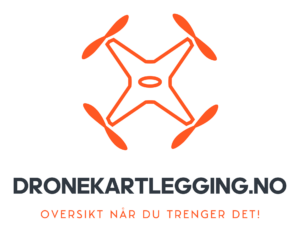
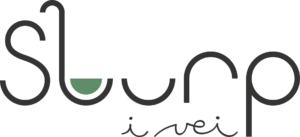











Customer case
Jobs for customers

Hundremeterskogen kindergarten
Hundremeterskogen kindergarten has a strong focus on outdoor life, so when they needed a new logo and website, they wanted a minimalist design that conveyed these values.

Production of ads
Thank you for the assignments with ad production for Peer Gynt Tours.
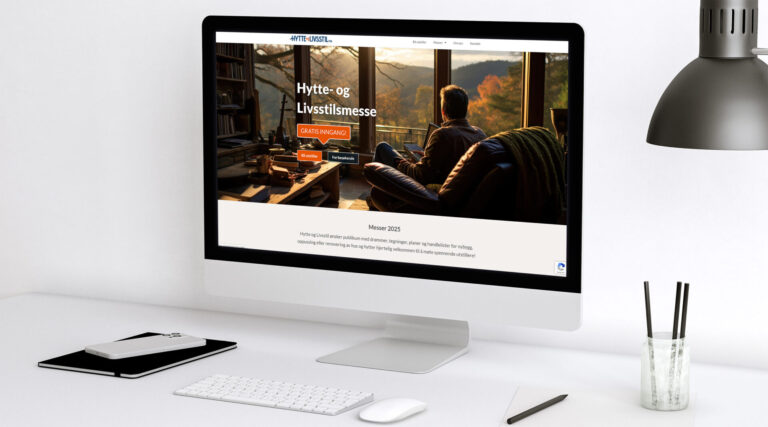
Congratulations on new website Cabin and Lifestyle
Thank you very much for the assignment with the new website. More modern design, and adapted to all screen sizes.
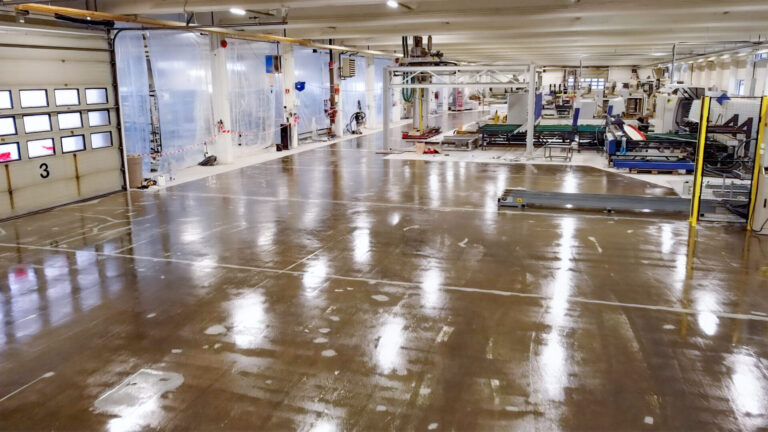
Photo and video of epoxy floor installation
Thank you very much for the photo and video assignment, Fagbygg1 AS!
Why use Sveum Design?
You get close follow-up and only one person to communicate with.
- Show expertise and professionalism.
- Spend your valuable time on what you’re good at.
- Get more customers and leads
- Make a good first impression
- High visibility in search results
- Be a forward-thinking company.

Articles
Latest articles within web and marketing

What is AMP – Accelerated Mobile Pages?
AMP makes the website load faster for mobile users. AMP removes unnecessary elements and creates a simplified version of HTML.
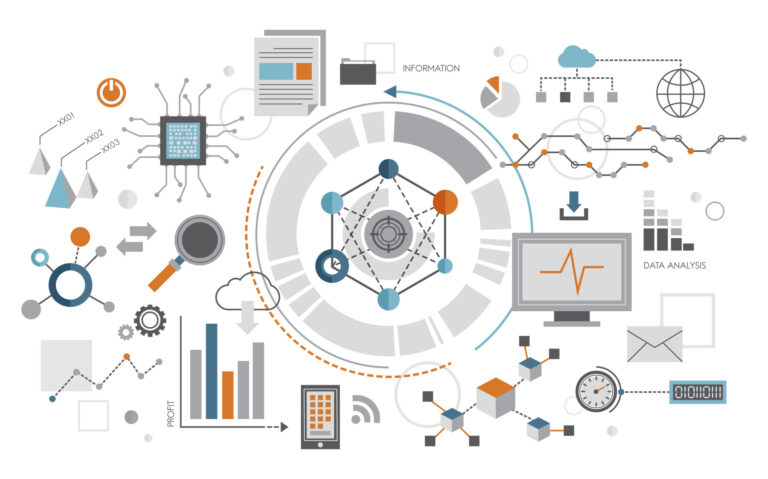
What is an algorithm?
An algorithm is a step-by-step recipe for solving a problem or performing a task.

What is Affiliate Marketing?
Affiliate marketing is a performance-based strategy where individuals or companies promote products and earn commission per sale or lead.

Do AI images sell better than regular images?
It’s easy to be tempted to save on photo costs and instead generate images using AI/KI. But what’s better for sales, artificially generated images or real images?

What is a landing page?
A landing page is the page you arrive at when you click on an ad or search result in a search engine.
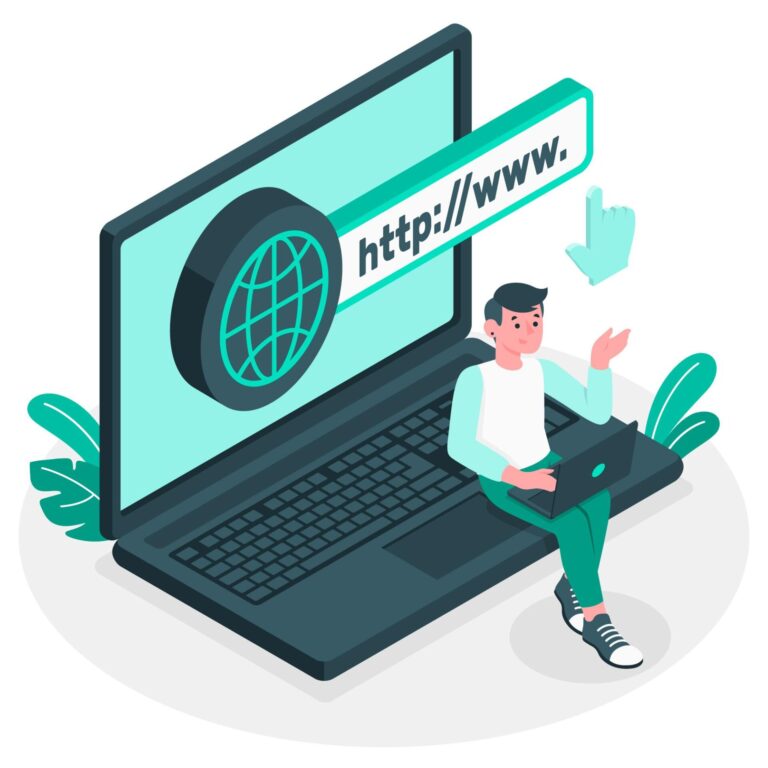
What should a website contain?
Are there any minimum requirements for what a website must contain?
Choose local design in Gjøvik, Norway
Do you need help with marketing and are located in Gjøvik or the surrounding area? Sveum Design is located in Hunndalen, just outside Gjøvik, and can help you with marketing.
Since the start of Sveum Design in 2008, I can point to a broad portfolio in many industries and disciplines. It is a great advantage for you as a customer that I have experience with many different types of companies.
I’m happy to come and visit you! Since I’m based in Gjøvik, I know the local area well and can also adapt your marketing to it. This will make the customer feel a sense of belonging to the product or service you offer. This can also make you more popular in the local community and get people talking about your service/products.

